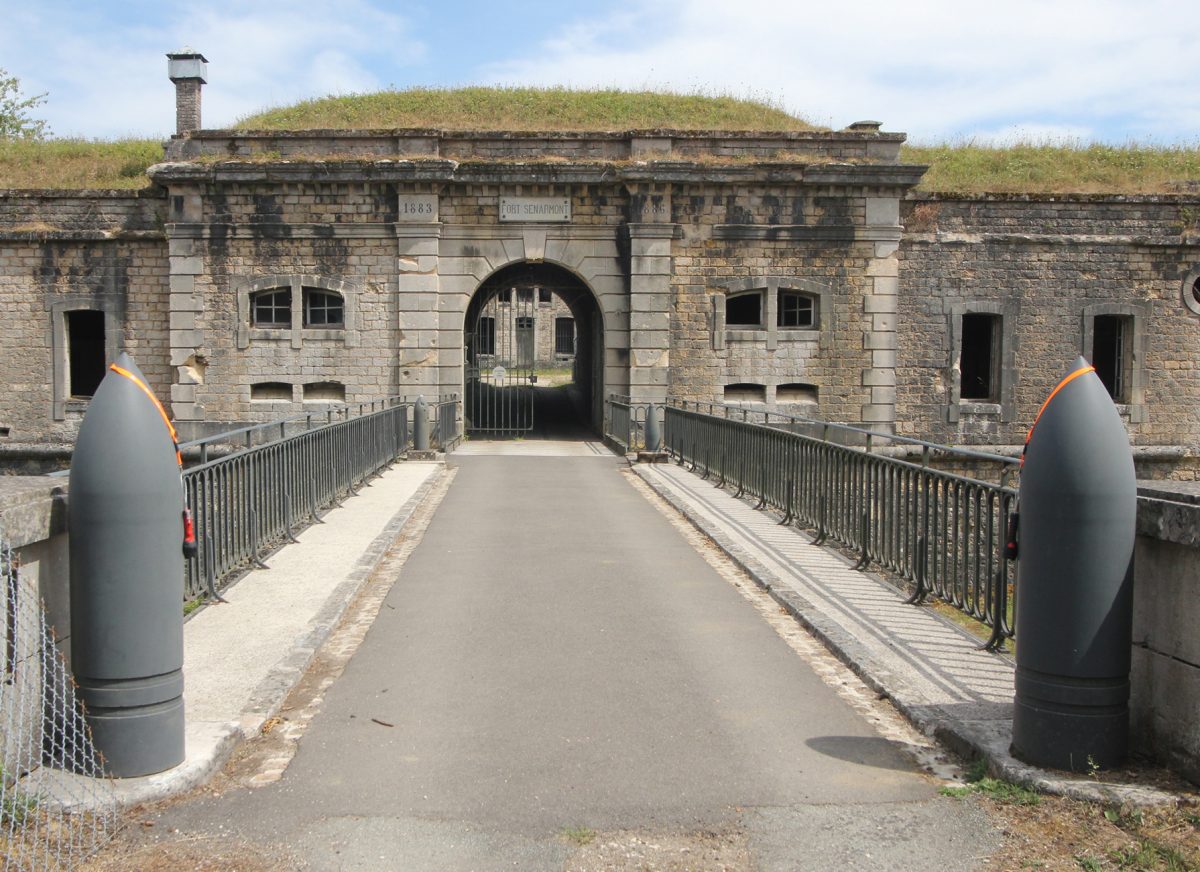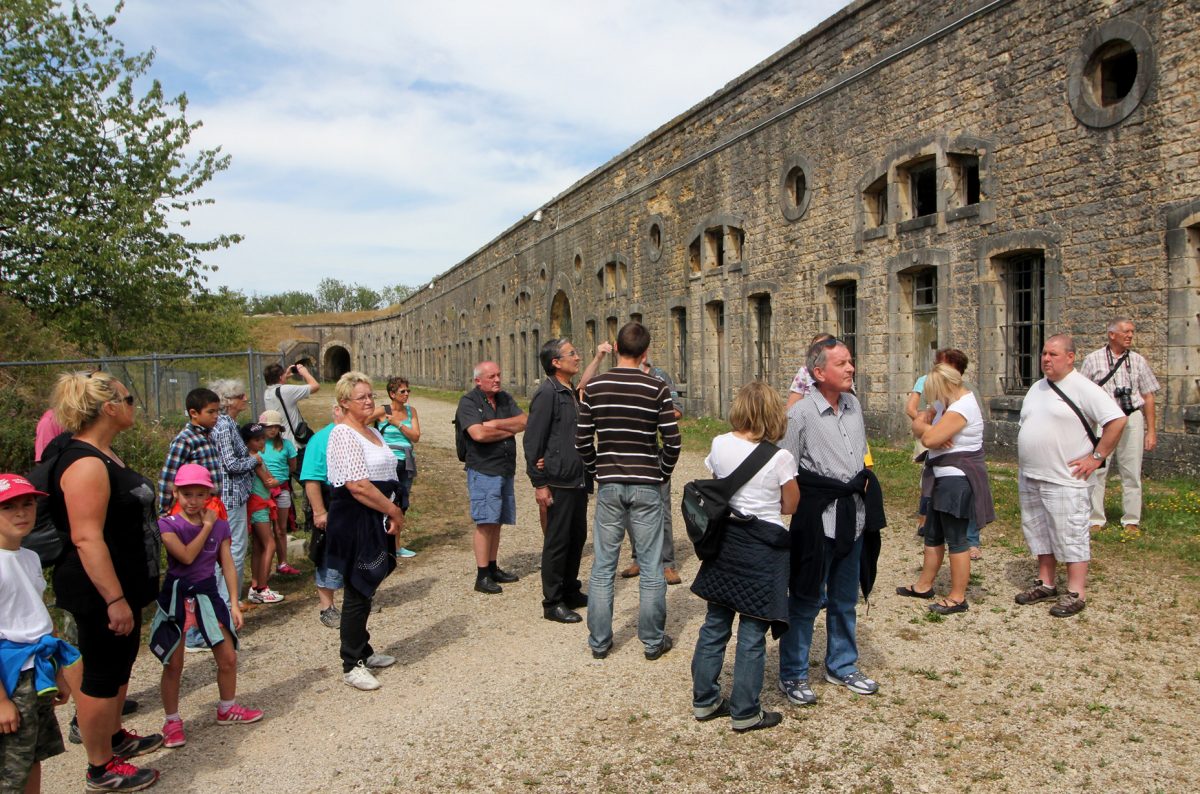Fort de Bessoncourt
Fort de Bessoncourt
Details
Named after General Sénarmont, Bessoncourt fort was built between 1883 and 1886 to close off the roads of Colmar and Basle and the railway line to Mulhouse, and to back up the forts of Roppe and Vézelois. It is a large pentagonal, limestone structure, built for around 650 men and 30 pieces of artillery. It is typical of forts dating from the 1880s, in which long-distance and close-defence artillery were grouped together on the rampart bordering the ditch, whereas the infantry was positioned above the scarpside caponnieres and on the roof of the central barracks.
However, shortly after its construction, it was already considered out of date, needing to undergo modernization work. It is one of the only forts in the region to have always kept up to date with technical progress: as early as 1888, a concrete shell is built over a third of the central barracks: in 1894-95, a large part of the artillery was distributed among the batteries in the vicinity, and it became an infantry operations base, undergoing total reconstruction work (replacement of scarp caponnieres by counterscarp covert ways, construction of cannon shelters and concrete rampart shelters and other reinforcement work). In 1908-1909, two 75mm cannon turrets and two automatic machine gun turrets are installed. During the First World War, the fort was used as a hospital, then from 1917, fortification work started up again with the digging out of deep undergound rooms and passages connecting the fort to the outside.
The successive modernization carried out in this fort makes the site rather special, turning it into a museum of evolution in French fortification between 1885 and 1918.
- Secondary type: castles and defense sites



